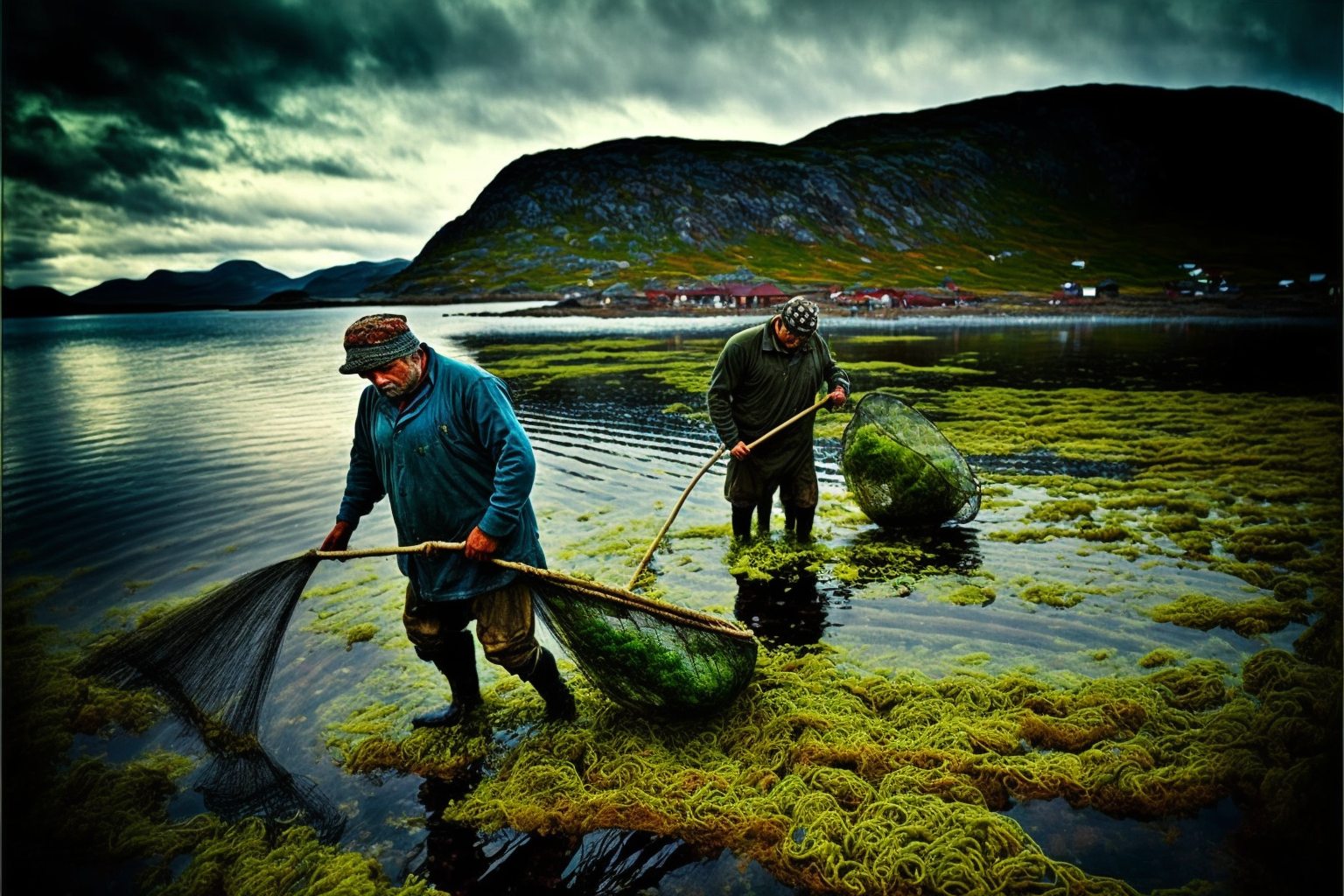Seaweed farming in Norway has a long and storied history, dating back to the 18th and 19th centuries. At that time, Norwegians began cultivating seaweed as a source of fertilizer and animal feed. This early form of mariculture was primarily focused on the cultivation of kelps, such as Laminaria spp. and Saccharina spp.
During the 20th century, seaweed farming in Norway continued to evolve and expand. In the 1930s, scientists at the Norwegian Institute of Marine Research began researching new methods for cultivating seaweed, focusing on increasing yields and improving the quality of the final product. This research laid the foundation for the modern seaweed farming industry in Norway.

In the decades that followed, seaweed farming in Norway experienced steady growth. By the 1960s, several commercial seaweed farms had been established along the Norwegian coast, with a focus on cultivating kelps for use as food and as a source of bioactive compounds and biopolymers.
Today, Norway is one of the world’s leading seaweed producers, focusing on cultivating kelps such as Laminaria spp. and Saccharina spp. These species are grown for various purposes, including as food for humans and animals, as a source of bioactive compounds and biopolymers, and as a tool for bioremediation and coastal management.
Advantages of seaweed farming in Norway
One of the key advantages of seaweed farming in Norway is the country’s long coastline and cold water, which are ideal for growing high-quality seaweeds. Additionally, the Norwegian government has been supportive of the seaweed farming industry, investing in research and development to help the industry continue to grow.
Despite its many potential benefits, seaweed farming in Norway, like in other countries, still faces some challenges. These include issues related to genetics, breeding, and genetic modification, as well as the need for effective harvest and processing methods. Additionally, there is a need for more research to be done on the ecological impacts of large-scale seaweed cultivation, as well as on the economic viability of different cultivation systems.

Overall, seaweed farming in Norway has come a long way since its early days, and it has the potential to become a major player in the global food and aquaculture industries. With continued research and development, seaweed will likely become an increasingly important source of food, bioactive compounds, and biopolymers, as well as a valuable tool for coastal management and bioremediation.

